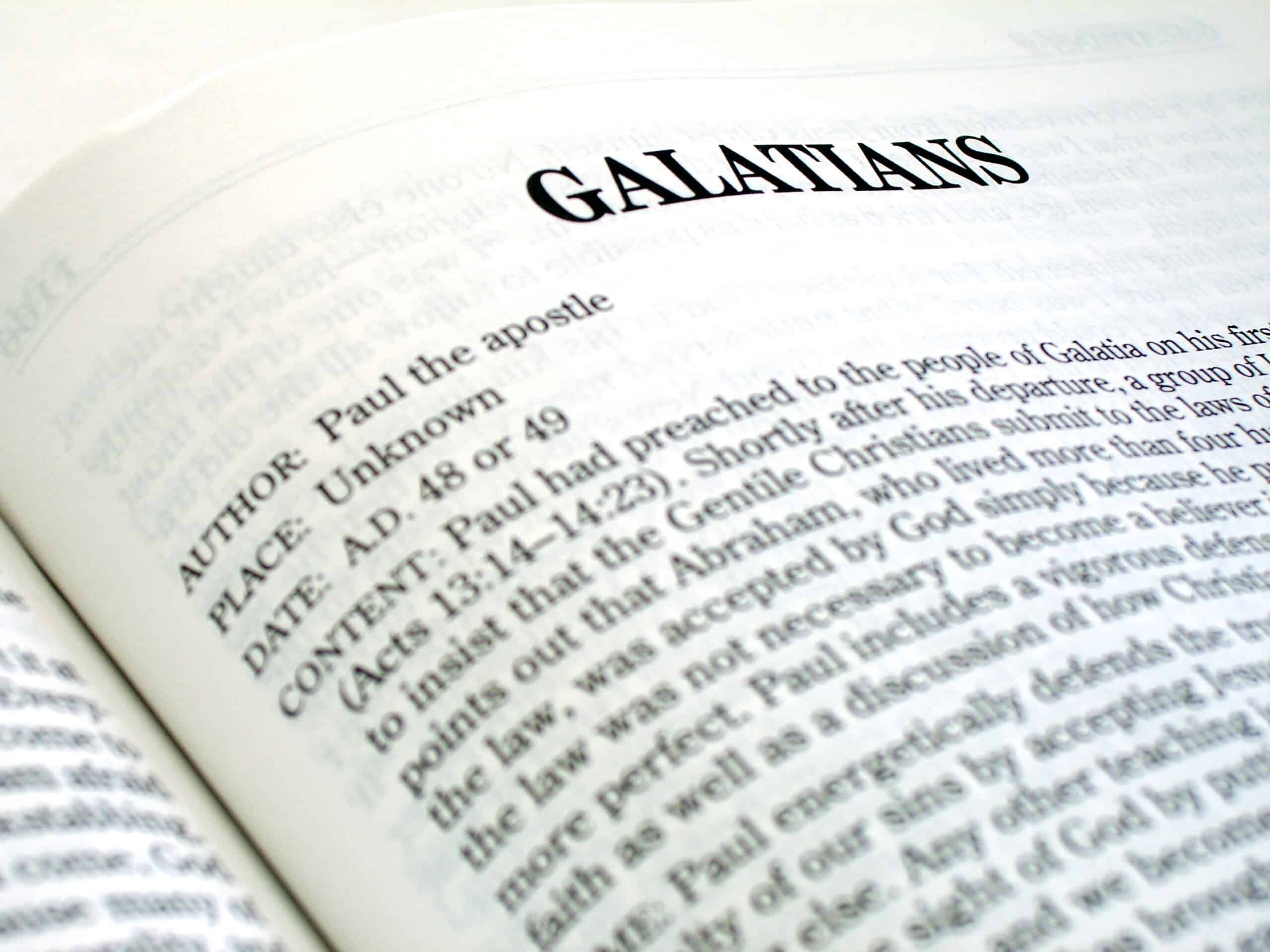Crash Goes the Da Vinci Code/Part 1
| By: Dr. Wayne Barber; ©2005 |
| Brown can be challenged in at least two areas: (1) There are things he claims to be historical which, in fact, are not historical at all; and (2) he completely misrepresents biblical history. |
by Dr. Ron Rhodes, Reasoning from the Scriptures Ministries, P.O. Box 2526, Frisco, TX, 75034. 214-618-0912. www.ronrhodes.org (Used by permission.)
Contents
Is Dan Brown’s Da Vinci Theory Based on Fact or Fiction?
DAN BROWN’S POSITION (BASED ON A NBC INTERVIEW):
MATT LAUER: How much is this based on reality in terms of things that actually occurred?
DAN BROWN: Absolutely all of it. Obviously, Robert Langdon is fictional, but all of the art, architecture, secret rituals, secret societies—all of that is historical fact.[1]
THE TRUTH OF THE MATTER:
Brown can be challenged in at least two areas: (1) There are things he claims to be historical which, in fact, are not historical at all; and (2) he completely misrepresents biblical history. Let us briefly consider these two points:
(1) There are things Brown claims to be historical which, in fact, are not historical at all. A primary case in point is the Priory of Sion, an organization that is at the very heart of Brown’s story, and which, if proven to be based on bogus history, undermines the entire infrastructure of Brown’s theory. This organization is said to guard the secret of Jesus’ marriage to Mary Magdalene. It is claimed to have been founded in Jerusalem in 1099 by a French King. The organization is believed to be watching over Jesus and Mary’s descendants, and waiting for the perfect time to reveal its secret to the world. Because of constant threat of danger from the Roman Catholic Church, the organization has allegedly hidden its message in literature, paintings, and even architecture such that only learned people can decipher the meanings.
Brown makes the following assertion regarding this organization on page one of THE DA VINCI CODE: “The Priory of Sion—a European secret society founded in 1099—is a real organization. In 1975 Paris’s Bibliotheque Nationale discovered parchments known as Les Dossiers Secrets, identifying numerous members of the Priory of Sion, including Sir Isaac Newton, Botticelli, Victory Hugo, and Leonardo da Vinci.” The question is: Are these parchments reliable?
As a backdrop to answering this question, allow me to point out that Brown obtained much of his information on the Priory of Sion from a book entitled Holy Blood, Holy Grail, by Michael Baigent, Richard Leigh, and Henry Lincoln. In this book we find a dependency on the above-mentioned parchments which allegedly prove that Jesus married Mary Magdalene, had a baby named Sarah, and, following Jesus’ death on the cross, Mary relocated to a Jewish community in France. Their descendents were French allegedly royalty.
Now, here is the big problem with all this. These parchments are completely bogus. Historically, in 1953, a Frenchman named Pierre Plantard spent time in jail for fraud. In 1954 he founded a small social club named the Priory of Sion. The purpose of the club was to call for low-income housing in France. The organization dissolved in 1957, but Plantard held on to the name. Throughout the 1960s and 1970s, Plantard put together a number of bogus documents which “proved” the Jesus-Mary Magdalene theory, with French royalty being their descendants. Plantard claimed that he himself was one of the descendents of this couple.
Some time later, a friend of the French president found himself in legal trouble and Plantard ended up being called to testify in the case. While under oath, the judge asked him about these documents about Jesus and Mary Magdalene, and he admitted he made the whole thing up. An associate of Plantard’s also conceded that Plantard made the whole thing up. All this has been thoroughly documented by several French books and a BBC special.[2]
What all this means for THE DA VINCI CODE is that the Priory of Sion—and the accompanying Jesus-Mary Magdalene theory—is based on bogus information with a capital B. Hence, Dan Brown’s claim that his book is based on historical secret societies is flat wrong.
(2) Dan Brown also completely misrepresents biblical history. He tries to argue that “history is always written by the winners. When two cultures clash, the loser is obliterated, and the winner writes the history books—books which glorify their own cause and disparage the conquered foe” (page 256).
In this line of thought, the true version of Christianity was Gnostic Christianity, but orthodox Christianity became more powerful and won out over the Gnostics. Because the orthodox Christians won over the Gnostics, they wrote history in a way favorable to their version of Christianity.
Such a claim is preposterous. To begin, anyone who knows anything about Christian history knows that the early Christians were anything but “winners.” The early Christians were fiercely persecuted by the Roman authorities (as well as by Jewish authorities). Christianity itself was outlawed by the Romans in the second century, and in the third and early fourth centuries, there was widespread persecution and murder of Christians. Some Christians were thrown into the arena to be eaten by lions, to the entertainment of Roman citizens who were watching. Other Christians were tied up on poles, drenched with fuel, and lit as streetlamps at night.
At the end of his life, Peter was crucified upside-down in Rome during Emperor Nero’s persecution in A.D. 64. Previous to this, Peter had written two epistles to help other Christians being persecuted. Peter probably wrote from Rome at the outbreak of Nero’s persecution. Having already endured beating at Herod’s hands, Peter wrote his brethren in Asia probably to encourage and strengthen them in facing the Neronian persecution. It may well be that Peter recalled his Lord’s injunctions: “Strengthen your brothers” (Luke 22:32), and “Feed my sheep” (John 21:15 -17). Paul, too, suffered persecution and was beheaded during the Neronian persecution in A.D. 64. The fact that New Testament writers gave their lives in defense of their writings says something. No one chooses to die for something that was made up out of thin air!
One of the purposes of the book of Revelation was to comfort Christians suffering persecution. The author is the apostle John, who himself had been imprisoned on the isle of Patmos (in the Aegean Sea) for the crime of sharing Jesus Christ with everyone he came into contact with (Revelation 1:9). The recipients of the book of Revelation were undergoing such severe persecution that some of them were being killed (see Revelation 2:13). Things were about to get even worse. John wrote this book to give his readers a strong hope that would help them patiently endure in the midst of suffering.
Despite all this heavy persecution, the church survived and spread around the world. Christianity grew not because the Christians were “winners” and wrote a “winner’s history,” but rather Christianity grew despite being big losers under Roman persecution.
Aside from all this, I must emphasize that Christianity is a religion in and of history. We find powerful substantiation for the true history of Christianity in archeology. The Bible’s accuracy and reliability have been proved and verified over and over again by archeological finds produced by both Christian and non-Christian scholars and scientists. This includes verification for numerous customs, places, names, and events mentioned in the Bible. To date, over 25,000 sites in biblical lands have been discovered, dating back to Old Testament times, which have established the accuracy of innumerable details in the Bible.
In view of such discoveries, we can conclude that archeology is a true friend of the Bible. In no case has an archeological discovery controverted a biblical fact, but rather always serves to support the veracity of the Bible.
It is highly revealing that William Ramsey, a well-known historian and archeologist, set out to prove that Luke was not a reliable historian. He set out to show that both the Gospel of Luke and the book of Acts (which Luke also wrote) were both unreliable in terms of chronology, places, names, and events. After a lifetime of study, he came to the conclusion that he had been utterly mistaken. He found Luke to be a first-rate historian whose work was flawless. (See his book, The Bearing of Recent Discovery on the Trustworthiness of the New Testament, page 81.)
This is not surprising, since Luke—a medical doctor committed to accuracy— speaks of his methodology right at the start of his gospel: “Many have undertaken to draw up an account of the things that have been fulfilled among us, just as they were handed down to us by those who from the first were eyewitnesses and servants of the word. Therefore, since I myself have carefully investigated everything from the beginning, it seemed good also to me to write an orderly account for you, most excellent Theophilus, so that you may know the certainty of the things you have been taught.”
There is so much more that could be said. The above is sufficient, however, to demonstrate that while Dan Brown’s theory is based on bogus evidence, Christianity and the Bible are backed by true historical evidence.









[…] Is Dan Brown’s Da Vinci Theory Based on Fact or Fiction […]
[…] Previous Article […]